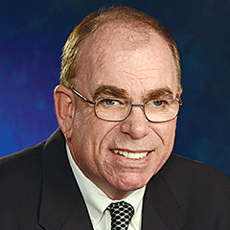
Operators will finally be paid for the care they deliver.
That seems to be the industry’s general sentiment toward a Centers for Medicare & Medicaid Services proposal that would replace Resource Utilization Groups with the Patient Driven Payment Model.
But while some operators are getting the PDPM tingly-dinglys, I’m experiencing something else: a sense of déjà vu.
For it was a bit over two decades ago that a new reimbursement proposal was getting similarly rave reviews from this sector. Four years later, more than 1,000 skilled care facilities were running for creditor protection.
So what happened? In a nutshell, what operators had hoped for and what actually happened were quite different.
What the industry anticipated was a payment system that would better respond to caregiving costs.
Then along came 1997. That’s when Congress passed and President Clinton signed a “Balanced Budget Act.”
As the name implies, the omnibus legislative package attempted to erase unsupported spending. It was to do so via a reconciliation process and get outlays on par with tax revenue by 2002.
The goal was actually admirable.
But the law also gutted Medicare therapy payments, which were becoming an increasingly popular way for operators to make ends meet.
What if you built an ice cream shop to meet growing demand — and ice cream was suddenly declared illegal? That’s basically what happened to skilled care operators when the budget-balancing law kicked in.
Fast-forward to 2018: Regulators have proposed a revamped Medicare payment system that’s making providers cheer. Meanwhile, all the available evidence suggests that Medicare and Medicaid spending will become increasingly targeted.
Am I suggesting history will repeat itself? Hardly. But a lot of people in this field now doing a happy dance just might want to curb their enthusiasm a bit. At least until we see whether this new-and-improved approach actually makes things better.
From the June 01, 2018 Issue of McKnight's Long-Term Care News




